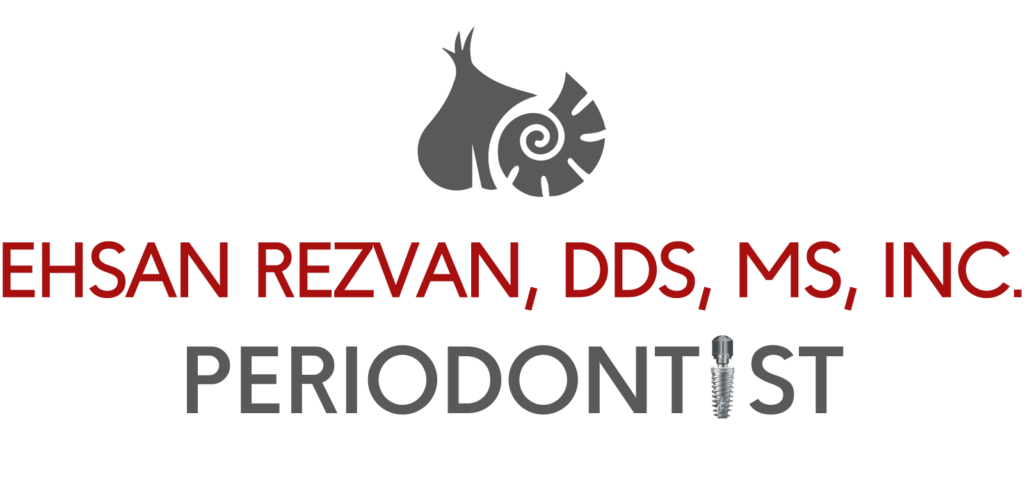Major & Minor Nerve Repositioning
Over time, the jawbone that once secured missing teeth atrophies or is reabsorbed, leaving sparse suitable bone to be used for dental implants. Patients in this situation have historically not been eligible for placement of dental implants. Today however, we have the ability to grow bone, not only giving us the opportunity to place properly-sized implants where needed, but also restore previous functionality and appearance.
Major Nerve Repositioning
Bone grafting can reverse the effects that extractions, gum disease, or injuries have had on the bone, leaving it unsuitable for implants. The bone can be taken from your own jaw, hip, or tibia, or from a tissue bank. Sinus bone grafts can also replace bone in the posterior upper jaw. Additionally, guided bone regeneration or guided tissue regeneration can be implemented, which involves using special membranes that dissolve under the gum, protect the newly-placed bone, and encourage bone regeneration.
Major bone grafts are typically performed to repair jaws that have been damaged as a result of traumatic injuries, tumor surgery, or congenital defects. When the patient’s own bone is used to repair large defects, the bone is commonly harvested from the skull (cranium), hip (iliac crest), or lateral knee (tibia), depending on the size of the defect. These procedures are routinely performed in a hospital operating room and require an overnight stay.
